1. Introduction to Op Art
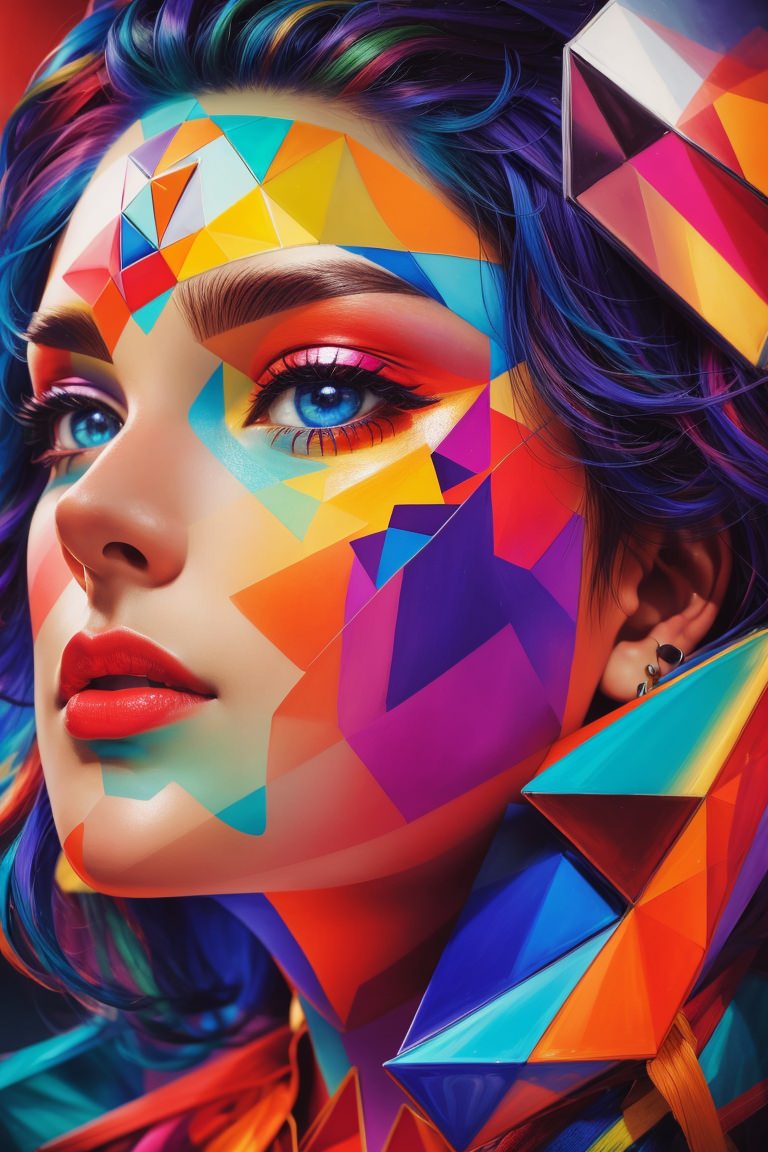
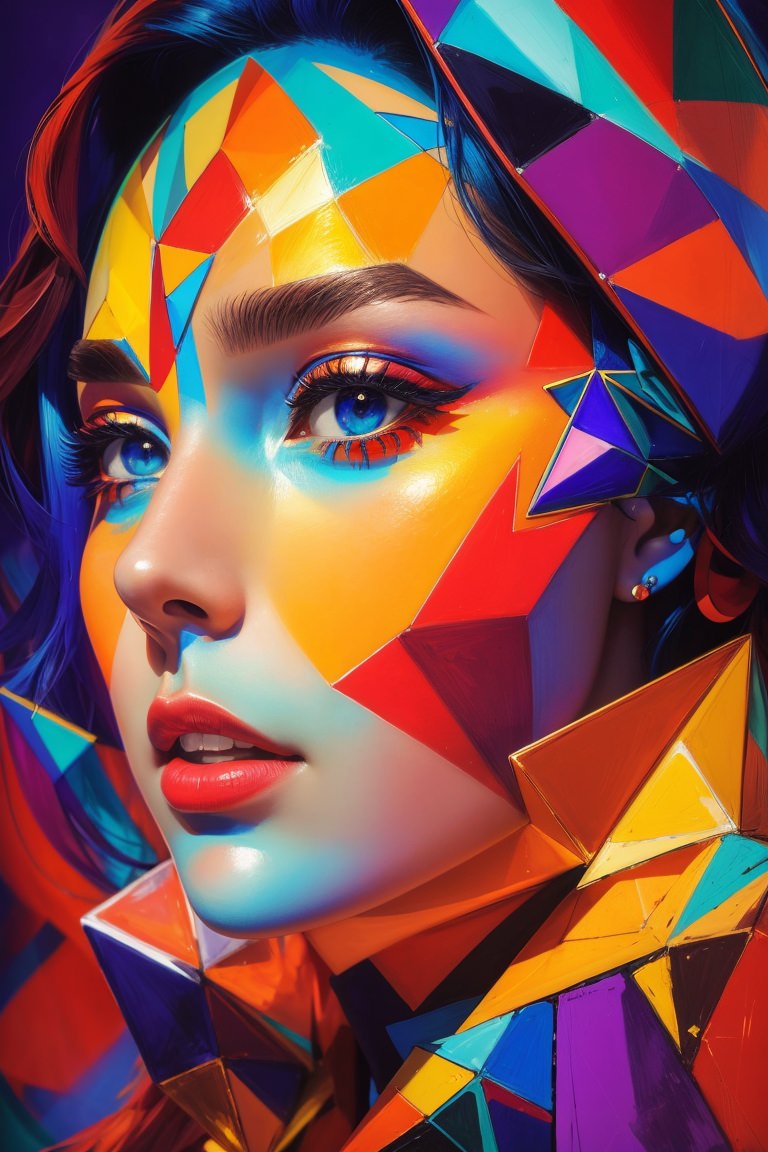
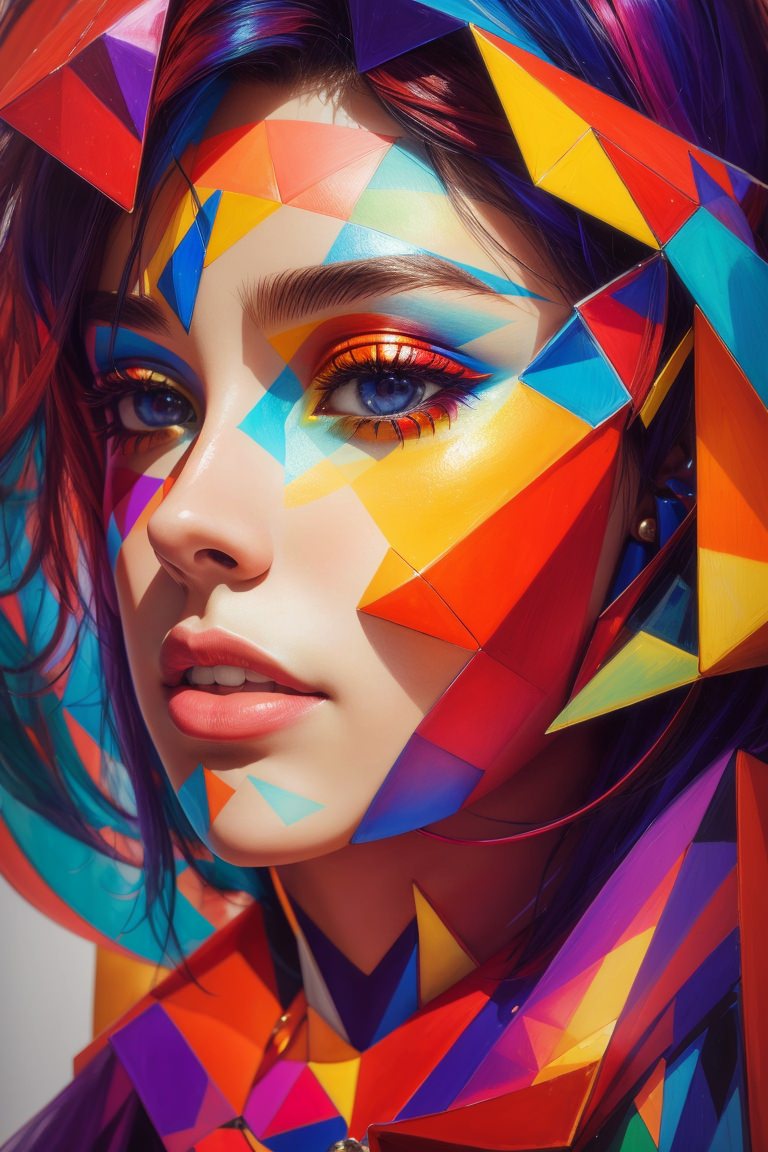
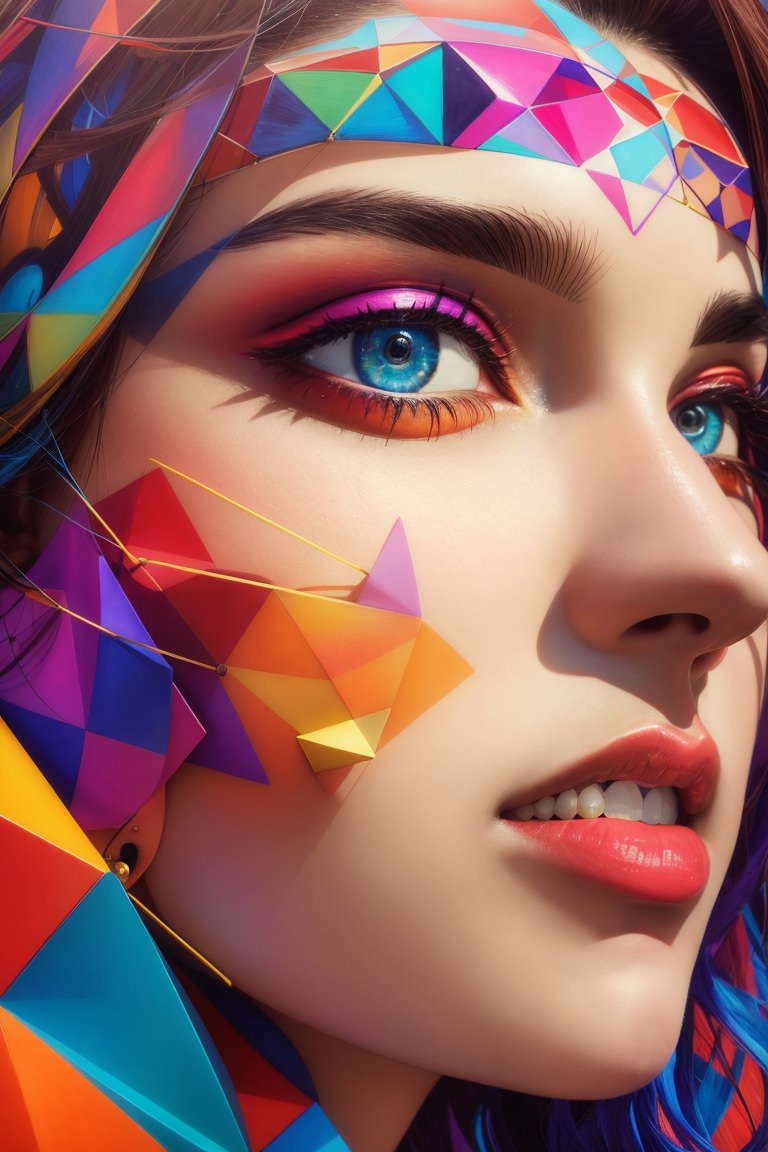

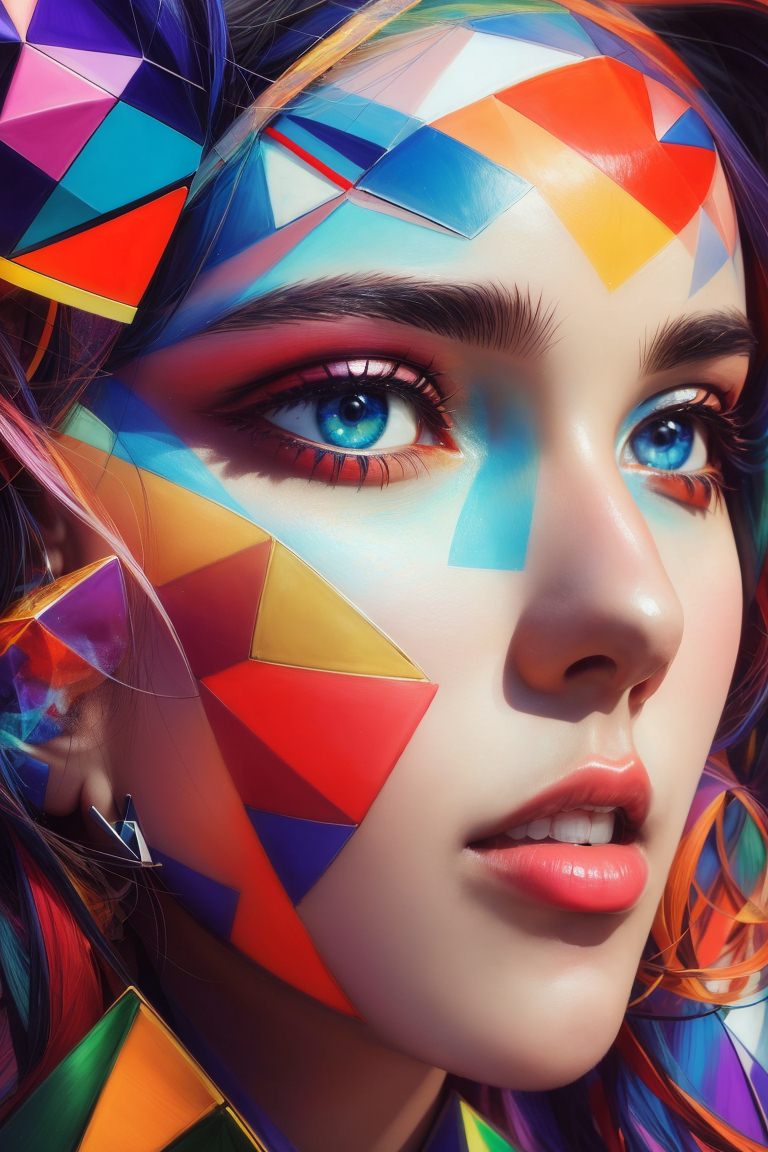
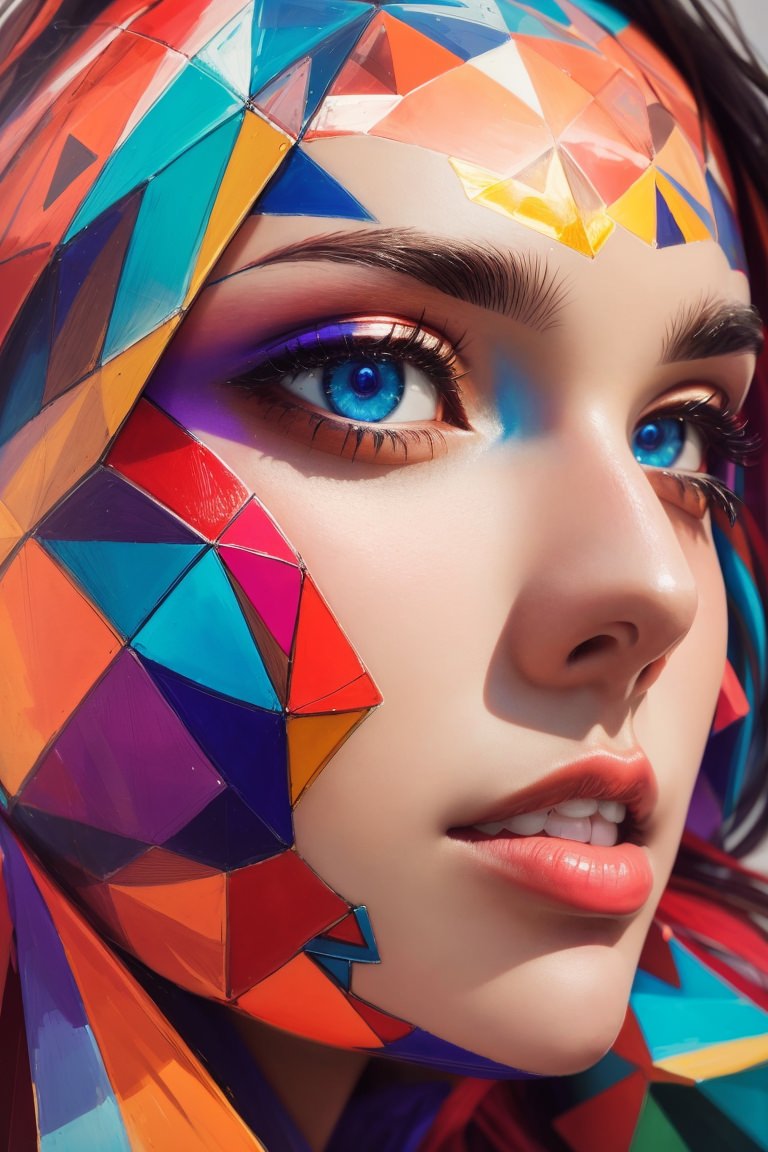
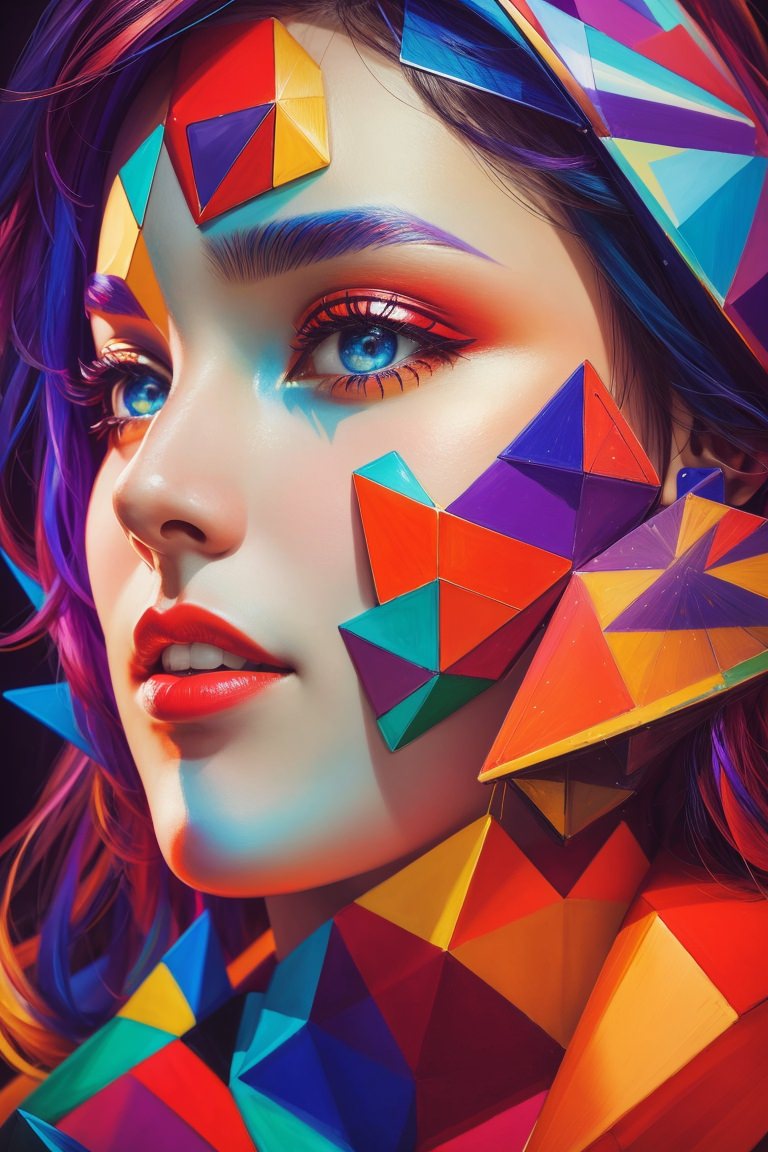
Op Art, short for Optical Art, is a dynamic form of visual art that uses optical illusions to engage and captivate the viewer. Its unique combination of precise, mathematically-based composition with abstract art creates a mesmerizing visual experience.
2. The History of Op Art
Op Art emerged in the mid-20th century as artists began to experiment with perception. This art form took off in the 1960s, with exhibitions like "The Responsive Eye" at the Museum of Modern Art in New York City showcasing the new movement. It combined the precision of geometry with the emotional impact of abstraction, bridging the gap between rational thought and emotional expression.
3. Famous Op Art Artists
Bridget Riley and Victor Vasarely are among the most notable names in the world of Op Art. Riley, a British artist, is celebrated for her distinctive black and white patterns that create a sense of movement. Vasarely, a Hungarian-French artist, is considered the grandfather of the Op Art movement, with his art emphasizing color and geometric patterns.
4. Defining an Op Art Portrait
An Op Art portrait takes the principles of Op Art - illusion, movement, and interactivity - and applies them to portraiture. Unlike traditional portraits, an Op Art portrait does not aim to capture the physical likeness of a subject but instead aims to evoke emotion and create an engaging, interactive experience for the viewer.
5. Techniques in Creating Op Art Portraits
Creating Op Art portraits involves the use of geometric shapes, contrasting colors, and precise, repetitive patterns. These elements work together to create an illusion of depth, movement, or other visual effects that engage the viewer's sense of sight and perception.
6. How to Create an Op Art Portrait: A Step-by-Step Guide
Creating your own Op Art portrait can be a fun and rewarding experience. Start by sketching a simple outline of a face, then fill in the portrait with geometric shapes and patterns. Play around with contrasting colors and repetitive patterns to create illusions of movement or depth. Remember, the goal is not realism, but to create a visually captivating piece that plays with the viewer's perception.
There is reasonable evidence that this article is machine-generated. Posting such content is considered fraud. Fraud is discouraged by the community and may result in the account being Blacklisted.
Guide: Why and How People Abuse and Defraud
If you believe this comment is in error, please contact us in #appeals in Discord.
I don't give a damn what you think. And if I'm on the blacklist, I don't care either. I write and post what I think and I don't care about the rest.